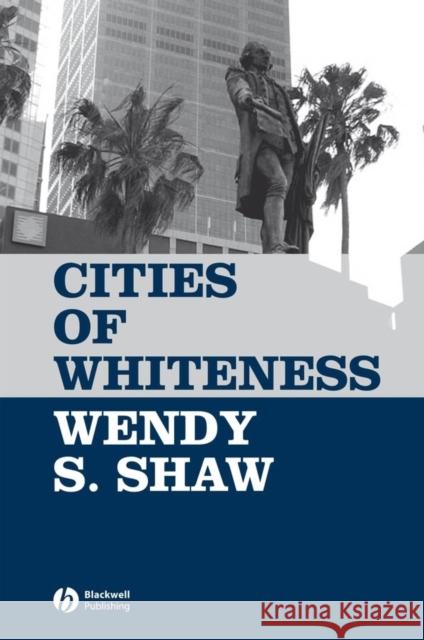Cities of Whiteness » książka
topmenu
Cities of Whiteness
ISBN-13: 9781405129121 / Angielski / Miękka / 2007 / 232 str.
Cities of Whiteness
ISBN-13: 9781405129121 / Angielski / Miękka / 2007 / 232 str.
cena 109,36 zł
(netto: 104,15 VAT: 5%)
Najniższa cena z 30 dni: 106,00 zł
(netto: 104,15 VAT: 5%)
Najniższa cena z 30 dni: 106,00 zł
Termin realizacji zamówienia:
ok. 22 dni roboczych.
ok. 22 dni roboczych.
Darmowa dostawa!
This groundbreaking book brings the study of whiteness and postcolonial perspectives to bear on debates about urban change.
- A thought-provoking contribution to debates about urban change, race and cosmopolitan urbanism
- Brings the study of whiteness to the discipline of geography, questioning the notion of white ethnicity
- Engages with Indigenous peoples' experiences of whiteness - past and present, and with theoretical postcolonial perspectives
- Uses Sydney as an example of a 'city of whiteness', considering trends such as Sydney's 'SoHo Syndrome' and the 'Harlemisation' of the Aboriginal community











